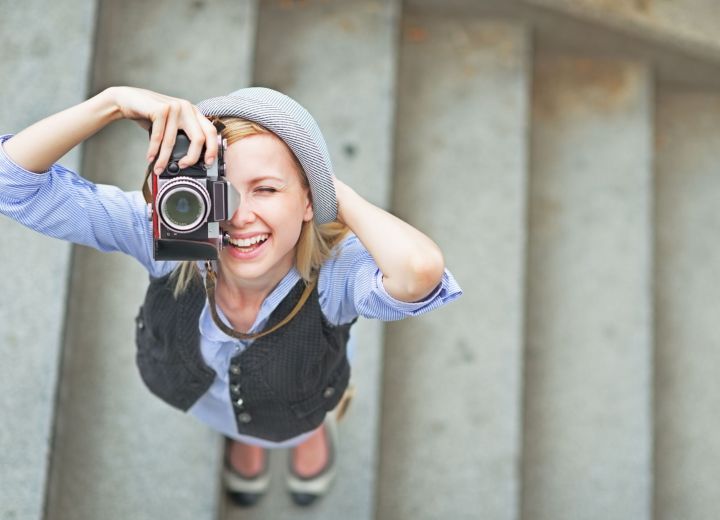
During the past year, New Year’s Eve was the date that brought the most photos to both Facebook and Messenger. So who’s sharing all those photos? According to Facebook, users from the U.S. are the most photo-happy, followed by Thailand, Egypt, India, Philippines, Mexico, Brazil, Venezuela, Argentina, and Indonesia. Looking at only photos shared on Messenger, Brazil shares the most, followed by Algeria, Egypt, Vietnam, India, Mexico, the U.S., Thailand, Philippines, and Poland.
Now that Facebook’s mobile app has a built-in camera, the platform also collects data on what effects are used the most. The top augmented reality mask is the black fedora with sunglasses, while the tunnel zoom was the most-used style effect. For frames? Tulip took the title as the most-used option.
Inside Messenger, the most popular AR mask was the ever-stylish cat-on-top-of-head. Daisies took top effect, while the hearts have it for photo frames.
Facebook has recently started focusing on visual content, including both photo and video, through several updates to the app over the past year. In April, the social media platform added augmented reality camera capabilities in-app with just a quick swipe. The feature began as a tool for users to share photos featuring filters and effects, and recently expanded to include GIFs, Live, and direct sharing to Stories, another visual content option that launched earlier this year.
The traditional Facebook photo album also got a refresh this summer, gaining the ability to add text, locations and videos into the album along with the usual photos. Users can also choose which albums to feature on their profile.
As part of World Photo Day, Facebook is encouraging users to make the most of those shareable shots. The platform suggests exploring the latest new features, including Stories,
Editors' Recommendations
- Nikon shows off the winners of its 47th small world photo contest
- Facebook 3D Photos no longer requires Portrait mode on dual-camera phones
- You will soon be able to migrate your Facebook photos and videos to Google Photos



